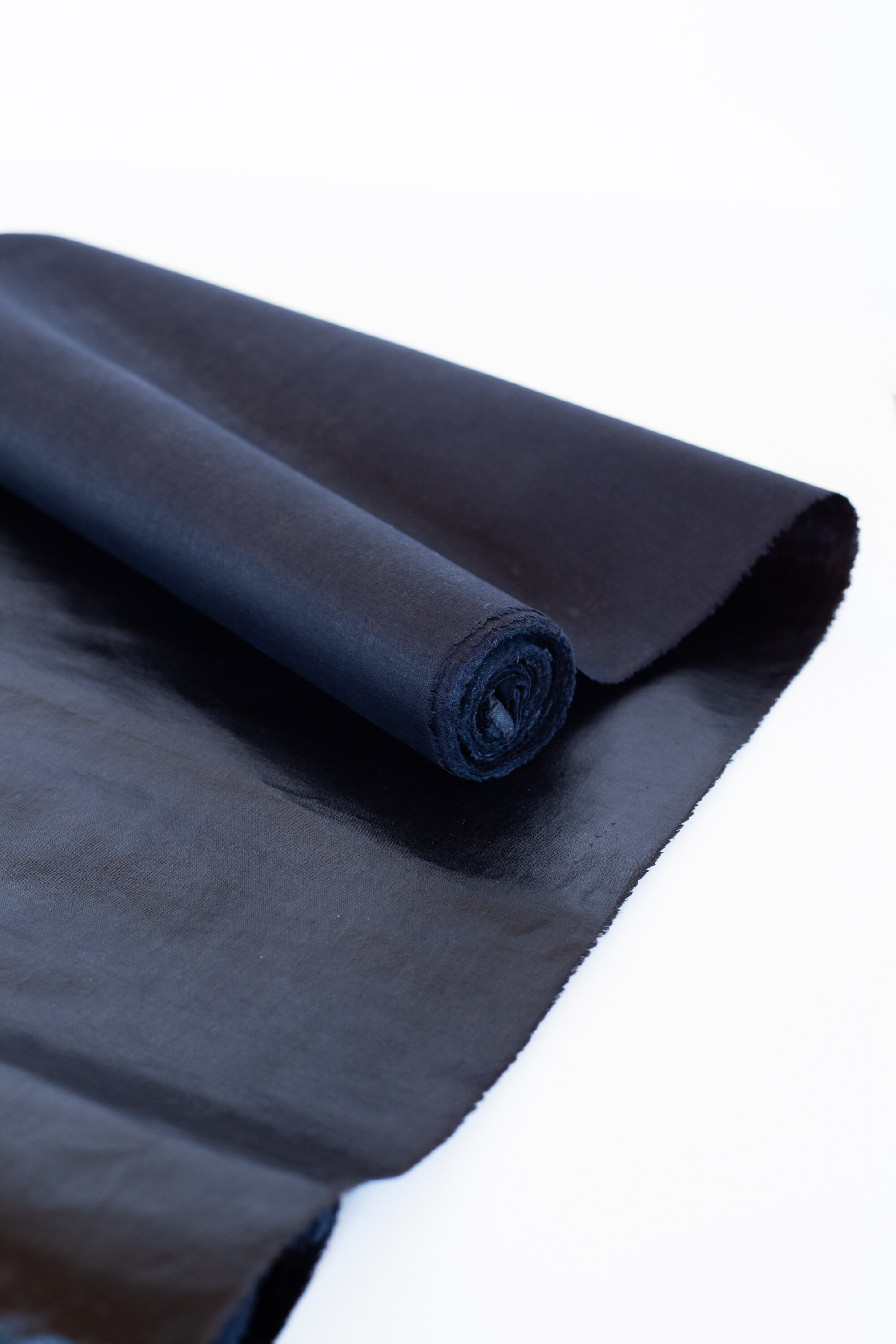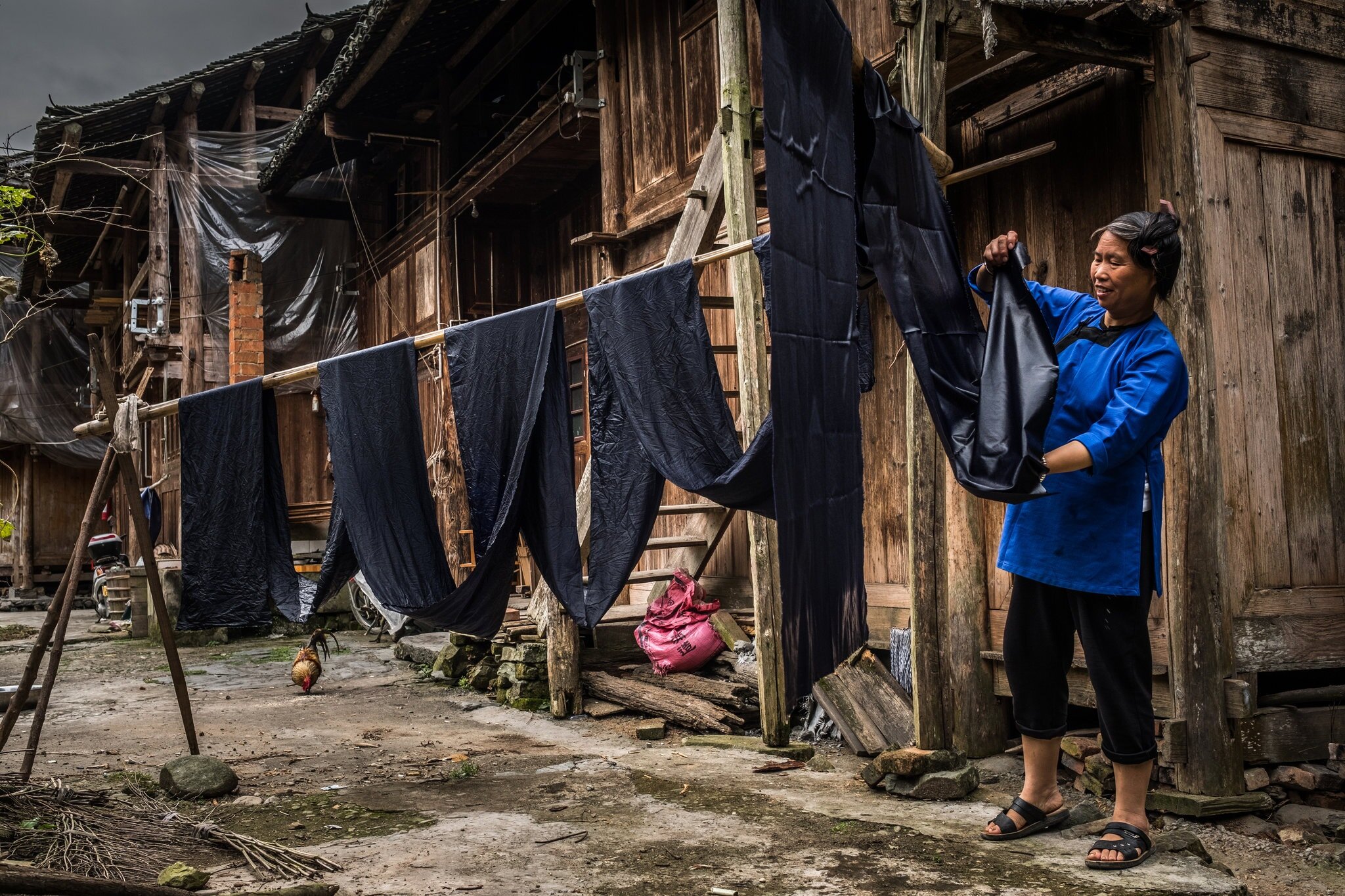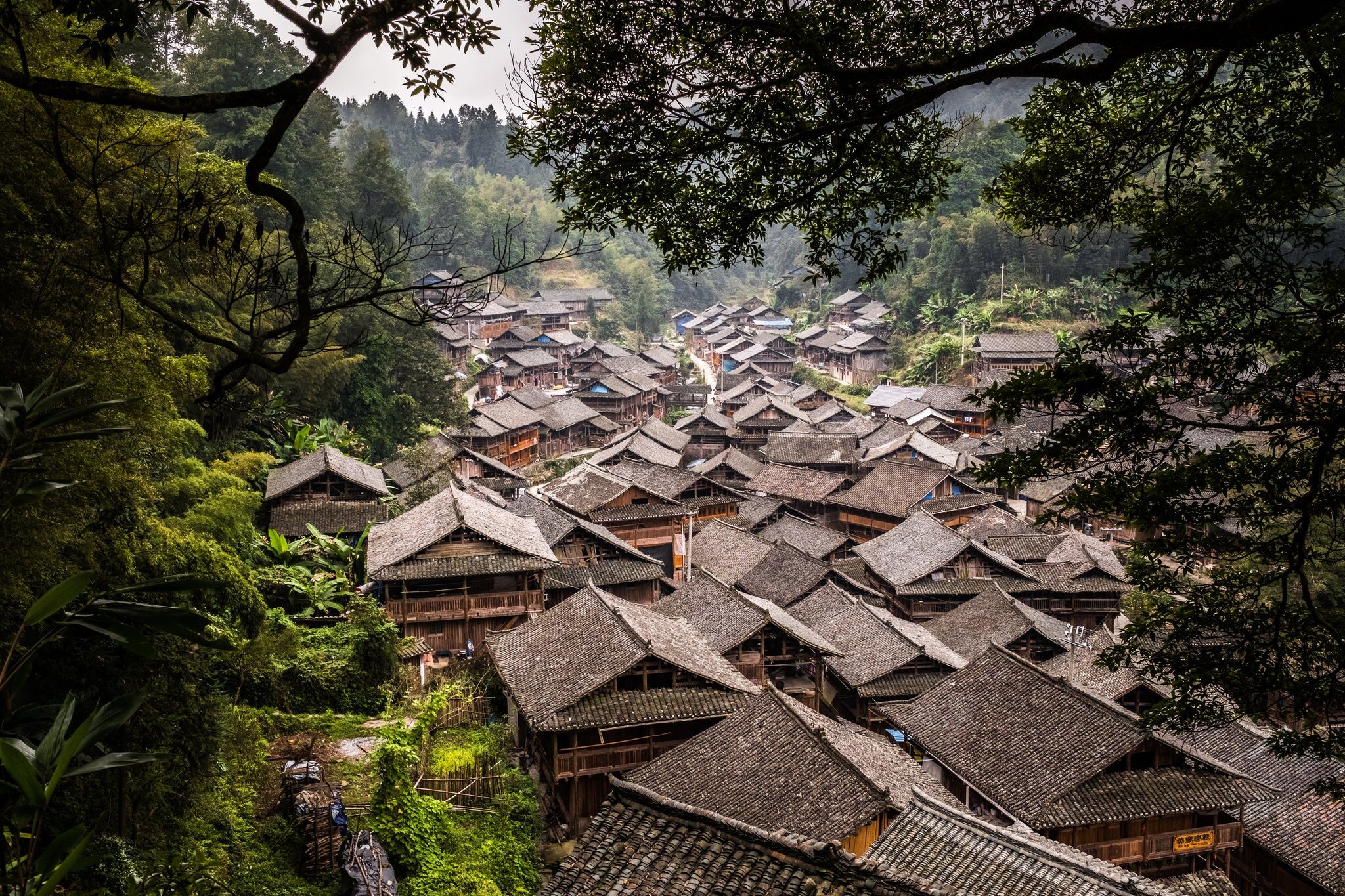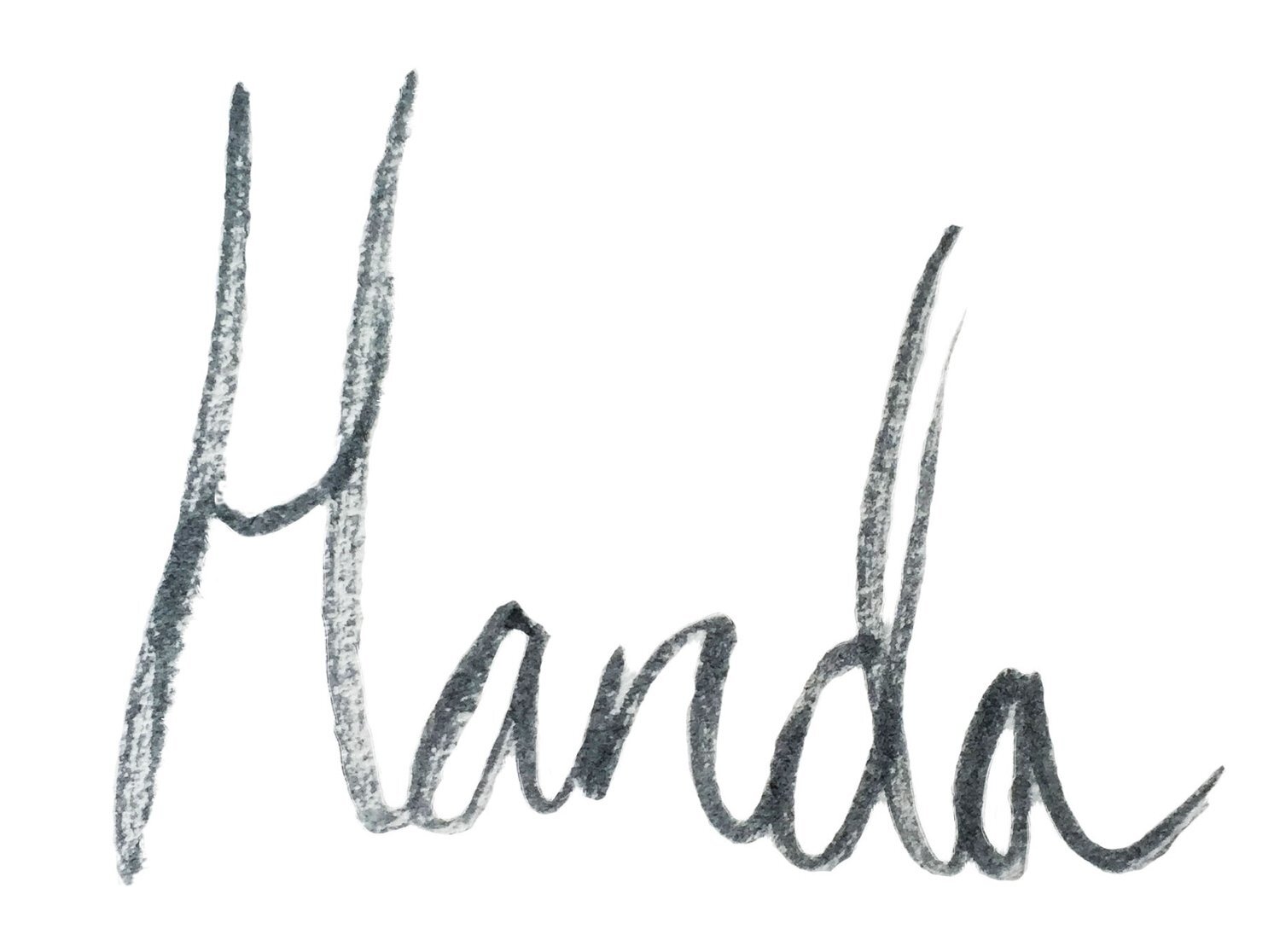 Image 1 of 5
Image 1 of 5

 Image 2 of 5
Image 2 of 5

 Image 3 of 5
Image 3 of 5

 Image 4 of 5
Image 4 of 5

 Image 5 of 5
Image 5 of 5






Dong Tribal handwoven hemp/cotton- Indigo
Medium weight: suitable for jackets, trousers, skirts & some home applications.
This kind cloth is a unique traditional craft from the Dong women, of the Congjiang area, Guizhou Province. The front side has a sheen that is unique to these special textiles, the process is as follows: The handspun cotton thread is woven on a backstrap loom to create cloth. This is then dipped into a tub of indigo, rinsed in water then hung to dry- and repeated over and over- the more dips of indigo, the darker the fabric and the more times the fabric is aired, the tighter the texture. Once the color is dark, the cloth is then soaked in with raw (cow)hide and pig's blood to make the cloth stiff like it’s starched. Finally, its coated in egg white and pounded on a stone slab with a heavy wooden mallet until the glossy sheen is produced. The process of of making this cloth takes about 11 months.
approx 15”wide and sold by the 1/4 yard.
Fabric has a selvedge edge on the long sides.
Hand wash gently, hang to dry
Purchase a sample to check the color and weight
cotton/hemp blend, see description above for the finishing additives
Medium weight: suitable for jackets, trousers, skirts & some home applications.
This kind cloth is a unique traditional craft from the Dong women, of the Congjiang area, Guizhou Province. The front side has a sheen that is unique to these special textiles, the process is as follows: The handspun cotton thread is woven on a backstrap loom to create cloth. This is then dipped into a tub of indigo, rinsed in water then hung to dry- and repeated over and over- the more dips of indigo, the darker the fabric and the more times the fabric is aired, the tighter the texture. Once the color is dark, the cloth is then soaked in with raw (cow)hide and pig's blood to make the cloth stiff like it’s starched. Finally, its coated in egg white and pounded on a stone slab with a heavy wooden mallet until the glossy sheen is produced. The process of of making this cloth takes about 11 months.
approx 15”wide and sold by the 1/4 yard.
Fabric has a selvedge edge on the long sides.
Hand wash gently, hang to dry
Purchase a sample to check the color and weight
cotton/hemp blend, see description above for the finishing additives
Medium weight: suitable for jackets, trousers, skirts & some home applications.
This kind cloth is a unique traditional craft from the Dong women, of the Congjiang area, Guizhou Province. The front side has a sheen that is unique to these special textiles, the process is as follows: The handspun cotton thread is woven on a backstrap loom to create cloth. This is then dipped into a tub of indigo, rinsed in water then hung to dry- and repeated over and over- the more dips of indigo, the darker the fabric and the more times the fabric is aired, the tighter the texture. Once the color is dark, the cloth is then soaked in with raw (cow)hide and pig's blood to make the cloth stiff like it’s starched. Finally, its coated in egg white and pounded on a stone slab with a heavy wooden mallet until the glossy sheen is produced. The process of of making this cloth takes about 11 months.
approx 15”wide and sold by the 1/4 yard.
Fabric has a selvedge edge on the long sides.
Hand wash gently, hang to dry
Purchase a sample to check the color and weight
cotton/hemp blend, see description above for the finishing additives

Image courtesy of Bryan Denton for The New York Times
Dong fabric is also called bright cloth, because it shines after being dried in the sun. To this day, bright cloth is still one of the indispensable elements of Miao and Dong ethnic costumes.
Dong people mainly live at the junction of Guizhou, Hunan and Guangxi Zhuang Autonomous Region, and Liping County and congjiang county in Southeastern Guizhou. Where many aspects of traditional culture have remained unchanged for thousands of years, of which this cloth making may be one of the most remarkable.
The raw materials of Dong clothing used to come solely from hemp bark in the mountains around Zhaizi. The bark is split into fibers, the sap gently washed out and then it is laid out to dry. In the 19th Century, cotton started being grown and was added to the spinning process to produce finer yarns.

Image courtesy of Bryan Denton for The New York Times
For further reading, a wonderful article was written in 2017 in the New York Times about the village these textiles come from.

Image courtesy of Bryan Denton for The New York Times
The video below is in Chinese, but beautiful to see the ceremonial dress made from this special textile and also to hear the traditional songs
